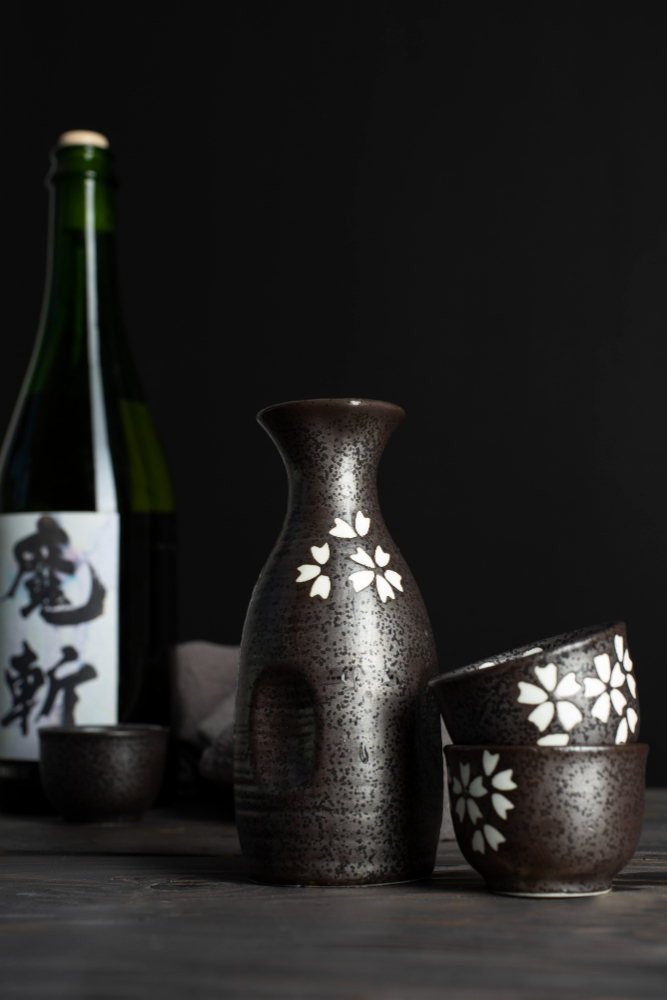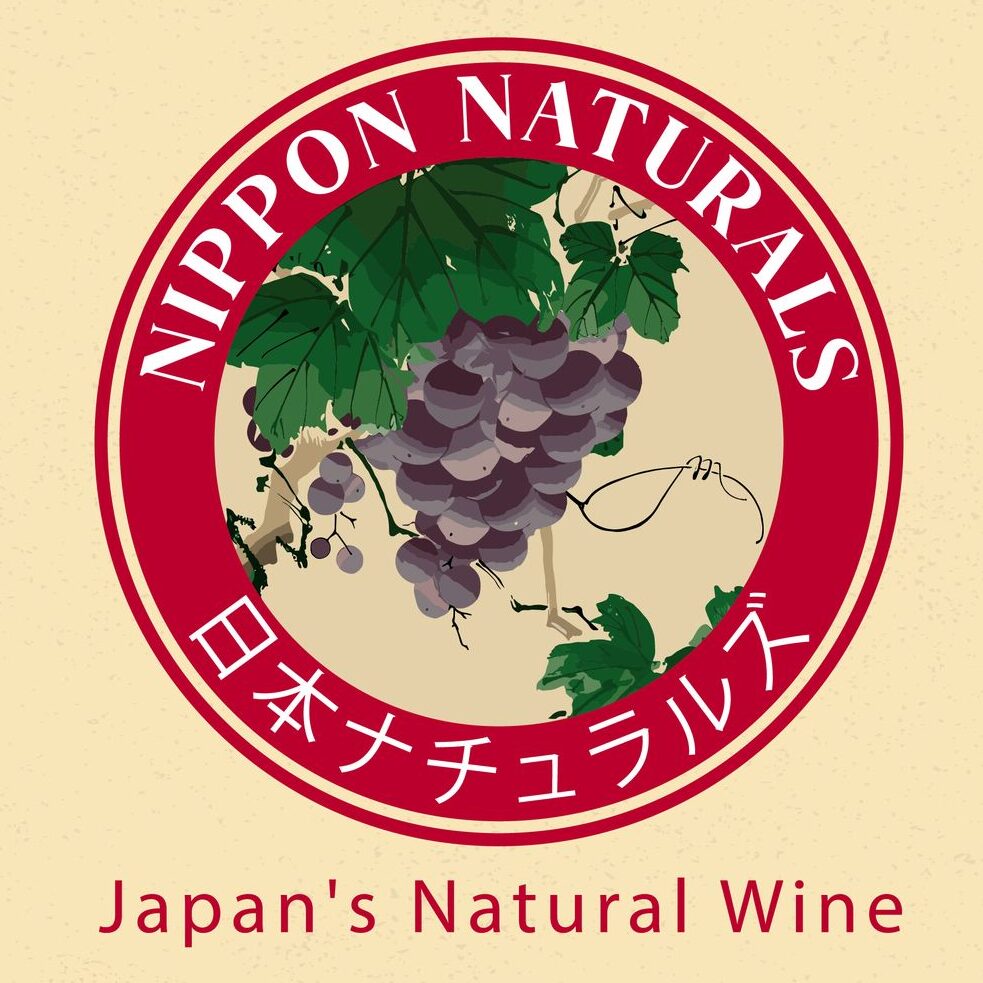NIPPON NATURALS
日本ナチュラルズ

The history of natural winemaking in Japan is a tale of innovation, tradition, and a deep connection to the land. While winemaking in Japan has roots dating back centuries, the natural wine movement emerged more prominently in the late 20th and early 21st centuries.
The concept of natural winemaking emphasizes minimal intervention in the vineyard and cellar, allowing the grapes to express their terroir—the unique characteristics of the soil, climate, and geography where they’re grown. This philosophy resonated with a growing number of Japanese winemakers who sought to produce wines that reflected their local landscapes and cultures.
In the 1980s and 1990’s, pioneers began experimenting with small production organic and biodynamic practices in vineyards across Japan. These methods, which eschew synthetic pesticides and fertilizers in favor of natural alternatives, laid the groundwork for the natural wine movement.
Today, natural winemaking has spread across Japan, with producers in regions like Nagano, Hokkaido, Yamagata and even as far south as Okayama are embracing the principles of minimal intervention and sustainability. These winemakers work closely with their vineyards, practicing hand-harvesting and using traditional methods in the cellar such as native yeast fermentation and minimal sulfur additions. Japan’s terrain and climate present many challenges, but through experimentation, the use of hybrids and general perseverance, overall production of natural wine is increasing in Japan.
Japanese natural wines are celebrated for their purity, elegance, and expression of terroir. They have gained recognition both domestically and internationally, with enthusiasts drawn to their distinctive flavors and the stories they tell about Japan’s diverse landscapes and winemaking heritage. As the movement continues to evolve, Japanese natural winemakers remain dedicated to preserving the integrity of their land and producing wines that capture the essence of their terroir.

